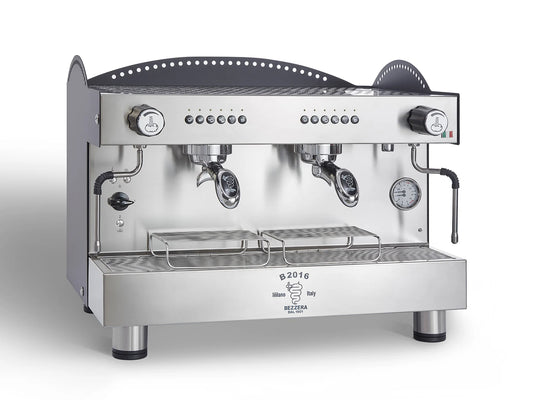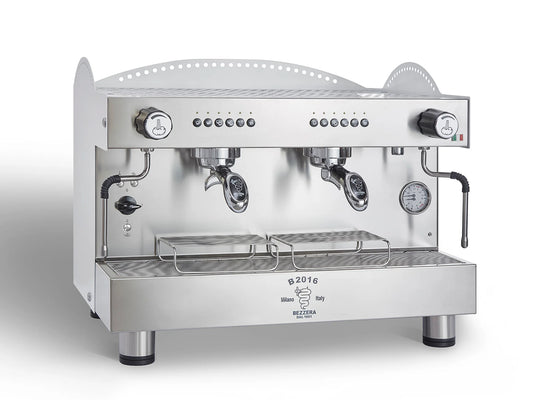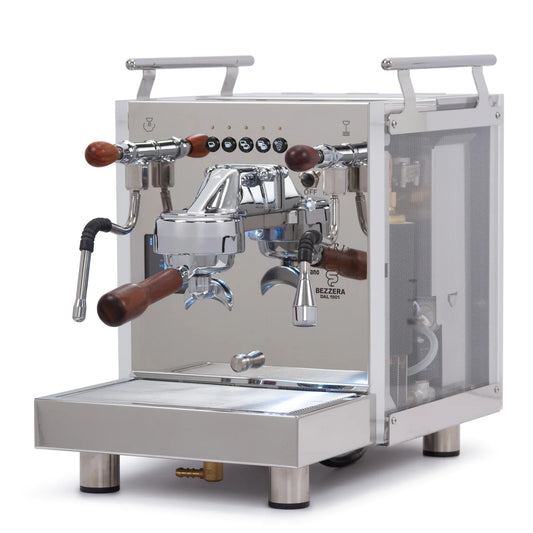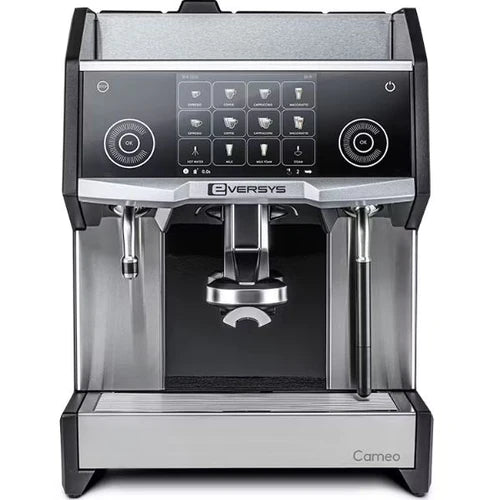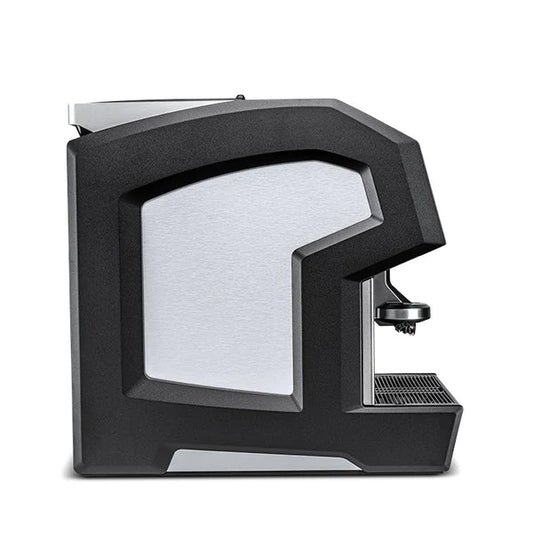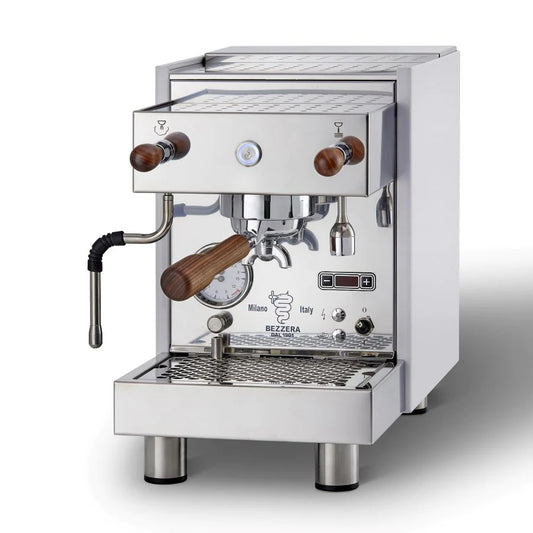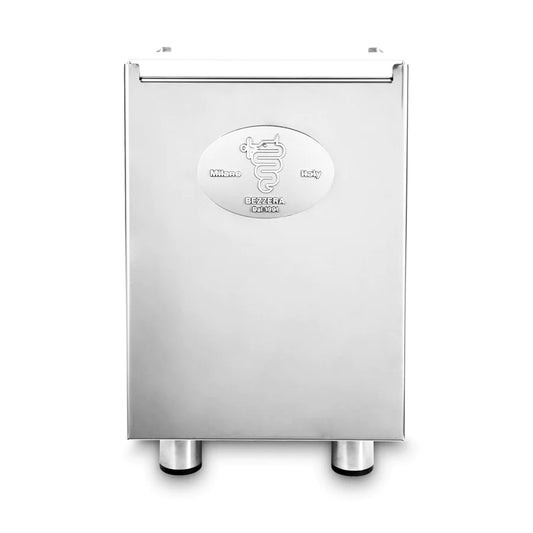How Cold is a Wine Cooler? Understanding Optimal Wine Storage Temperatures
Table of Contents
- Introduction
- Understanding Wine Cooler Temperatures
- The Role of Humidity in Wine Storage
- Choosing the Right Wine Cooler
- Conclusion
- FAQ
Wine enthusiasts often find themselves pondering the intricacies of wine storage. One of the most pressing questions that arises is, how cold is a wine cooler? The answer to this question not only influences the taste and quality of the wine but also helps preserve its unique characteristics. Whether you are a casual drinker or a dedicated connoisseur, understanding the ideal temperature settings for your wine cooler is essential.
In this blog post, we will delve into the science of wine storage, exploring the optimal temperatures for both red and white wines, the role of humidity, and the distinctions between wine coolers and traditional refrigerators. By the end, you will gain a comprehensive understanding of how to store your wine effectively and maintain its integrity over time.
Introduction
Imagine the moment you uncork a bottle of your favorite red wine, allowing the rich aromas to fill the air. The temperature at which your wine is stored significantly impacts that experience, determining not just its flavor profile but also its overall enjoyment. Surprising as it may be, improper storage can lead to disappointing outcomes—flavors muted and aromas lost.
Historically, wine has been cherished for its complexity and depth. Ancient civilizations understood the importance of temperature in wine preservation, often storing their prized bottles in cool, dark caves. Fast forward to today, and while technology has provided us with modern solutions like wine coolers, the fundamental principles of wine storage remain unchanged.
In this post, we aim to provide you with clear answers about how cold a wine cooler should be and why it matters. We’ll cover the ideal temperature ranges for different wine types, the importance of humidity levels, and how to choose the right wine cooler for your needs. By addressing these crucial aspects, we hope to enhance your wine-drinking experience while ensuring your collection is stored in optimal conditions.
As we explore the nuances of wine storage, think about your own wine collection: Are you storing it correctly? Are you maximizing its potential? Together, we'll demystify the world of wine coolers and equip you with the knowledge to elevate your wine experience.
Understanding Wine Cooler Temperatures
The Basics of Wine Storage
Wine storage is not just about keeping bottles in a cool place. The temperature plays a pivotal role in how well the wine develops over time. For both red and white wines, maintaining a consistent temperature within a specific range is vital for preserving flavor and aroma.
Ideal Temperature Ranges
- Red Wines: Typically, red wines should be stored at temperatures between 50°F and 65°F (10°C - 18°C). This range allows the wine to breathe and develop its complex flavors without becoming too warm, which can lead to muted aromas and flat tastes.
- White Wines: For white wines, the recommended storage temperature is slightly cooler, generally between 45°F and 50°F (7°C - 10°C). This cooler temperature helps to maintain the crispness and acidity that white wines are known for, enhancing their refreshing qualities.
Dual-Zone Wine Coolers
For those with diverse collections, dual-zone wine coolers can be an excellent solution. These coolers feature separate compartments, allowing you to store red and white wines at their respective ideal temperatures. In practice, this means setting the red wine zone to around 55°F (13°C) and the white wine zone closer to 45°F (7°C), ensuring that both types of wine are preserved at their best.
The Role of Humidity in Wine Storage
While temperature is a critical factor, humidity levels are equally important in the realm of wine storage. The right humidity helps maintain the integrity of the cork, preventing it from drying out and allowing air to seep into the bottle.
Optimal Humidity Levels
The ideal humidity level for wine storage is between 50% and 70%. Here’s why:
- Too Low Humidity: If the humidity level falls below 50%, the cork can dry out, leading to oxidation and spoilage of the wine.
- Too High Humidity: Conversely, excessive humidity (above 70%) can promote mold growth on the cork, which compromises the wine’s quality.
Wine Coolers vs. Refrigerators
It's crucial to distinguish between wine coolers and traditional refrigerators, as the latter may not provide the optimal conditions for wine storage. Traditional refrigerators typically operate at around 35°F to 40°F (1.5°C - 4.5°C), which is too cold for wine and can negatively affect its taste and aroma.
Wine coolers, on the other hand, are specifically designed to maintain the ideal temperature and humidity levels for wine storage. They often feature adjustable temperature controls and humidity settings to ensure that your wine remains in perfect condition.
Choosing the Right Wine Cooler
Types of Wine Coolers
When it comes to selecting a wine cooler, there are several types to consider:
- Freestanding Wine Coolers: These are versatile and can be placed anywhere in your home. They provide ample storage space and often feature dual zones.
- Built-in Wine Coolers: Ideal for those looking to integrate their wine storage into existing cabinetry. These coolers are designed to fit seamlessly into your kitchen or bar area.
- Countertop Wine Coolers: Perfect for smaller spaces, these compact coolers can hold a limited number of bottles while still providing optimal storage conditions.
Features to Look For
When selecting a wine cooler, consider the following features:
- Temperature Control: Look for precise digital controls that allow you to set and monitor the temperature accurately.
- Humidity Control: Choose a model that offers humidity regulation, ensuring the cork remains in optimal condition.
- UV Protection: Wine coolers with UV-resistant glass doors help protect your wine from harmful light exposure, preventing degradation of flavors.
- Vibration Reduction: A wine cooler that minimizes vibrations will help preserve the delicate compounds in wine, maintaining its flavor integrity.
Conclusion
In summary, understanding how cold a wine cooler should be is essential for any wine lover. By maintaining the ideal temperature and humidity, you can ensure that your wine remains in excellent condition, ready to be enjoyed at its best.
To recap, red wines thrive at temperatures between 50°F and 65°F, while white wines prefer 45°F to 50°F. Investing in a quality wine cooler not only protects your investment but enhances your enjoyment of fine wines.
As you reflect on your wine storage practices, consider whether your current setup meets these standards. Are you maximizing the potential of your collection? If you're looking to upgrade your storage solutions, we invite you to explore our selection of premium wine coolers at Coffee Machine Supply. Together, we can help you create the perfect environment for your wines, ensuring that every bottle delivers an exceptional experience.
FAQ
Q: Can I use a regular refrigerator to store wine?
A: While you can technically store wine in a regular refrigerator, it is not recommended due to the low temperatures and lack of humidity control. This can negatively impact the wine's flavor and aroma.
Q: What is the best way to maintain the humidity in a wine cooler?
A: Many wine coolers come with built-in humidity controls. Additionally, placing a small dish of water inside can help maintain humidity levels.
Q: How long can I store wine in a wine cooler?
A: Wine can be stored in a wine cooler for several months to years, depending on the type of wine and its age. Generally, red wines can be stored longer than white wines.
Q: Do I need to let wine breathe after taking it out of the cooler?
A: Yes, allowing wine to breathe can enhance its flavors. It's recommended to let red wines sit for about 30 minutes after removing them from the cooler.
Q: What temperature should I serve my wine at?
A: Generally, red wines are best served slightly warmer than their storage temperature, around 60°F (15°C), while white wines are best served chilled, around 45°F (7°C).
By considering these factors and investing in the right equipment, you can elevate your wine experience and enjoy every sip to the fullest.

